Partner in Advocacy: Smartwool’s Roadmap to Climate Positivity
Photo courtesy of Smartwool
Here at POW, we’re dubbing the whole month of October, Socktober! And Who doesn’t love a good sock, right? They boast fun patterns, keep our toes snug, wick moisture and prevent pesky blisters. They’re also along for all of our adventures, putting in miles with us on-trail, in the skintrack or single track. We wear them until they break down, and oftentimes, well past their life span. It’s hard to throw away a pair of socks that have climbed distant peaks with us or pedaled many miles (and, we feel badly tossing them when they’re just going to end up in a landfill). Our friends and partners in advocacy, Smartwool, feel similarly, which is why they’ve committed to reaching climate positivity by 2030 through its sustainability and advocacy efforts. And guess what? 90% of Smartwool’s materials are either responsibly-sourced renewable or recycled.
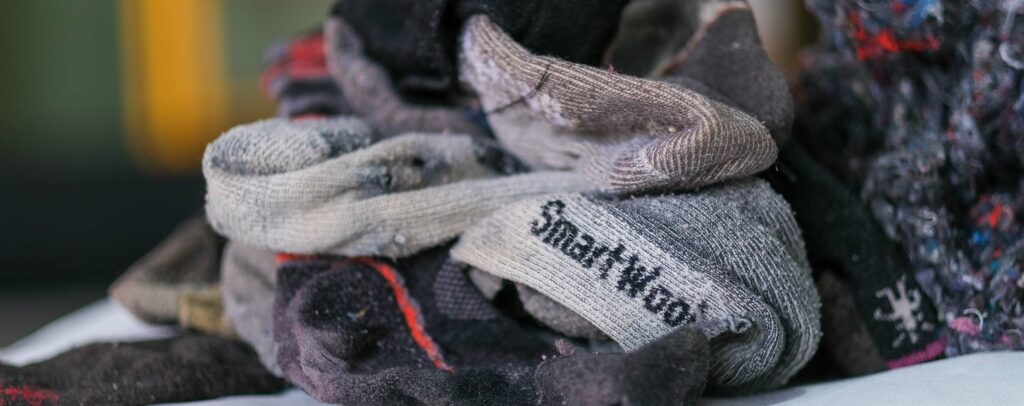
Reaching the 90% mark on having renewable and recycled materials is no small feat. Smartwool has achieved this milestone by understanding its carbon footprint and looking for ways to eliminate it. Through research, the Smartwool team has identified three main areas where they can make the most impact: Material circularity, implementing sustainable farming practices on its New Zealand farms and through partnerships and community work.
Material Circularity
Smartwool knew that the area it could make the biggest impact was by finding sources for regenerative and recycled materials. For Smartwool’s Vice President of Product, Anne Wiper, she also knew that not everything is going to meet these standards. Socks are just one example of a hard-to-recycle product. So, where it is unable to use non-renewable sources the Smartwool team works on material circularity. Material circularity is when a user is done using a product it goes back into the supply chain rather than into a landfill.
“We’re reducing our dependence on virgin materials so that we can keep materials in play longer and reduce the demand for new,” said Jen McClaren, Smartwool’s CEO. “It’s about taking giant leaps forward in lessening your carbon footprint while still maintaining a great product.”
Eighty-three percent of textiles end up in landfills. That’s no small number. But for Smartwool, the real eye-opener on textile waste occurred when the team had to move out of their Boulder, Colorado, office. “When we cleaned out the office we had almost 1,500 pounds of single socks, apparel headers and little squares of fabric,” said Wiper.
Wiper’s entire professional career has been in textiles, and she’s always been told you can’t recycle elastic content because it will mess up machines. When she saw the amount of leftover fabric in the Smartwool office she knew there had to be a solution. “I took some socks and I put them in my Cuisinart, because I just wanted to see what would happen,” said Wiper. “And sure enough, they shredded just fine.”
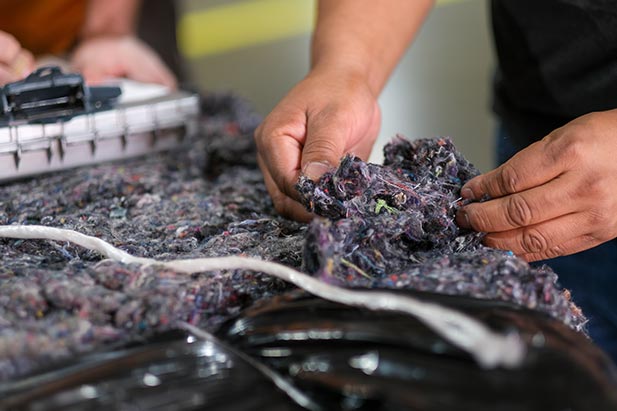
Wiper hit the ground running with Smartwool’s Sustainability Manager, Alicia Chin and they found The Industrial Commons, a material return center in North Carolina with a vision for creating a textile recycling center in the United States. “I approached them and said I’d ship them 1,500 pounds right away, and we got to work,” said Wiper.
And just like that, the Smartwool Second Cut program was born; finally, a solution to throwing away socks that have seen too many miles on the trail. The Second Cut program aims to give old, worn socks new life. The brand doesn’t matter, Smartwool just wants to reduce the number of socks heading toward a landfill and the process is simple: Send in your old, washed socks to Smartwool and their Industrial Commons partner will break down the material, just like Wiper did in her Cuisinart. They’ll then be spun into new yarn and new socks will be knit. “As of a month ago, we have already collected 110,000 pounds of returned socks,” said Wiper.
When Smartwool launched its Second Cut program, they were really looking for a solution that aligned with the values and needs of its consumer. “It’s not just about putting recycled materials in our products,” said Smartwool’s Head of Global Marketing, Denise Anderson. “It’s about how we’re coming together to solve these problems.”
What Anderson found is that their consumers really resonate with the Second Cut story, and a simple solution has meant so much to a lot of people. “We’ve all thrown socks into the garbage or tried to send them to Goodwill and feel awful about it,” said Anderson. “Now there is a real solution to upcycle them into new products.”
Their consumers aren’t just sending in their old socks. They’re also including handwritten notes to show their appreciation. “People want solutions, but they may not always know what to do,” said Anderson. When you provide a frictionless opportunity for them to be a part of that solution they’re really appreciative.”
Sustainable Farming in New Zealand
Smartwool takes pride in the sustainable farming initiatives happening in conjunction with their partner farmers in New Zealand. With rolling green hills that have on average six acres per sheep, it’s difficult to imagine a New Zealand farm being bad for the environment. “You go to these farms and it’s not like there are smoke stacks in your face giving visual or sensory cues that it’s bad. The farms are gorgeous and green with sheep everywhere,” said Anderson. “It’s clear the farmers care about their land and their animals, so how can you say the way we’re sourcing the wool is bad?”
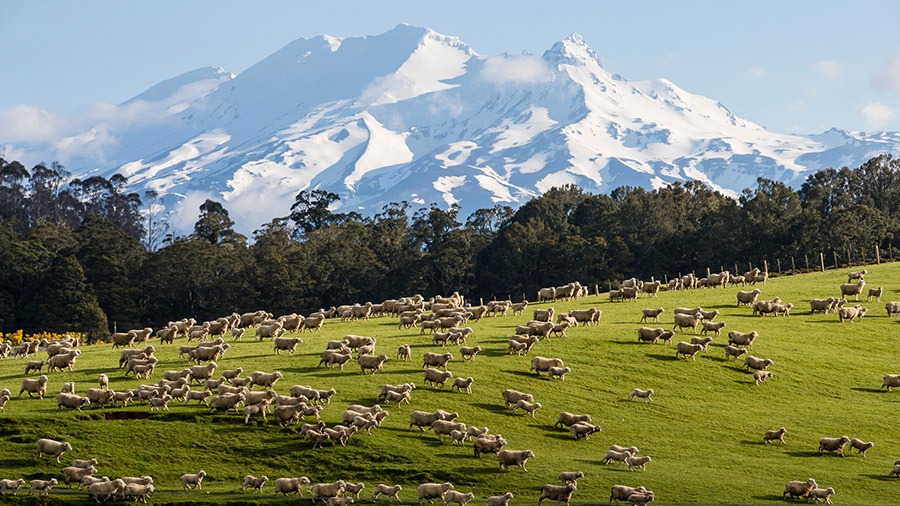
After Smartwool first launched its science based targets in 2020, Anderson took a trip to visit the farms in New Zealand. She traveled there with the sole intention of working with partner farmers to implement more sustainable practices. “While I was there I had this realization like ‘wow, we are doing so much good, and yet there is so much more that still needs to be done’,” said Anderson.
It’s no secret that farms produce methane carbon emissions. And for Smartwool, sheep farming accounts for 53% of their products’ carbon footprint. “Everyone has a role in that, including Smartwool,” said Anderson. “It comes down to understanding our impact, measuring it, having science based targets and then plans that are actually achievable.”
One strategy to achieve those science based targets involved implementing a new regenerative wellness platform called ZQRX which helps farmers adopt new sustainable practices. “We’re working toward regenerative farming standards so that the wool we produce actually sequesters more carbon than it produces,” said McClaren.
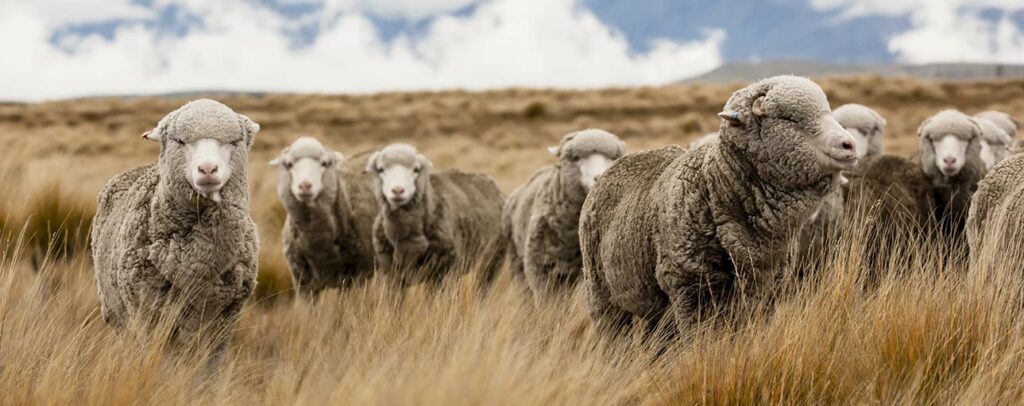
ZQRX also helps growers track how much they’re giving back to the environment, the animal life within the environment and the people and communities interacting with that environment. Additionally, the program gives farmers and brands a platform to tell their stories so that they can help influence the entire wool industry. “It’s the first of its kind and brings together other brands so we can all understand where the climate impacts are in our products,” said McClaren. “If leading brands are doing this, others will start to go down that road too.”
Community
Smartwool’s sustainability and advocacy efforts would not be the success they are now if it weren’t for the values the brand shares with its community of partners, staff and consumers. Smartwool is taking meaningful action to help move the needle toward not only their brand goals, but to also make the outdoors a more inclusive space and to protect the places we love to recreate from the effects of climate change.
Smartwool is able to make a bigger impact by choosing strategic partners who help amplify the voice of both their brand and consumers. Solving these issues takes a village. It’s about more than the brand. It’s about you, me and the entire Outdoor State. When we rally together we can continue to help move that needle forward. “We want to be able to amplify our brand voice, and POW helps us do that,” said McClaren. “The more we can get our team involved goes a long way because our community is so passionate about this topic and we want to help drive that message home.”
Smartwool has joined Lobby Days with POW Action Fund in Washington D.C. to advocate for permanent protection of the Arctic Refuge from oil drilling.
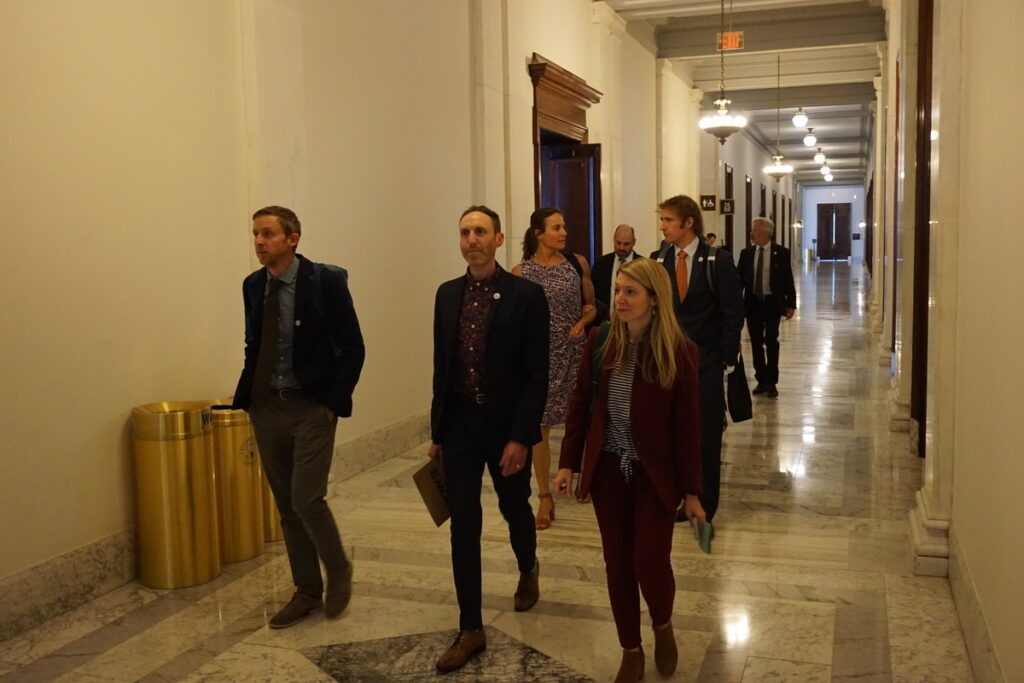
“POW [and POW Action Fund] is a leader in the climate advocacy space, particularly around lobbying and getting businesses on board to change the way we operate in order to save this beautiful planet we love so much,” said McClaren. “We’re really happy to be a piece of that big pie that power plays in, and to be on this journey with POW.”
All of the climate advocacy work Smartwool has done goes hand in hand with its goal of making the outdoors a more inclusive and healthy space for everyone. Smartwool is working to knock down the physical, financial and cultural barriers to getting outside through an increased representation of BIPOC throughout their marketing efforts, amplifying BIPOC voices, partnering with organizations like Outdoor Afro and Environmental Learning for Kids and more. McClaren believes that the more people who are getting outside, the more climate advocates we will have and the bigger impact we can make. “Once someone experiences the outdoors, they begin to feel a love for nature and then they’ll want to protect that,” said McClaren.
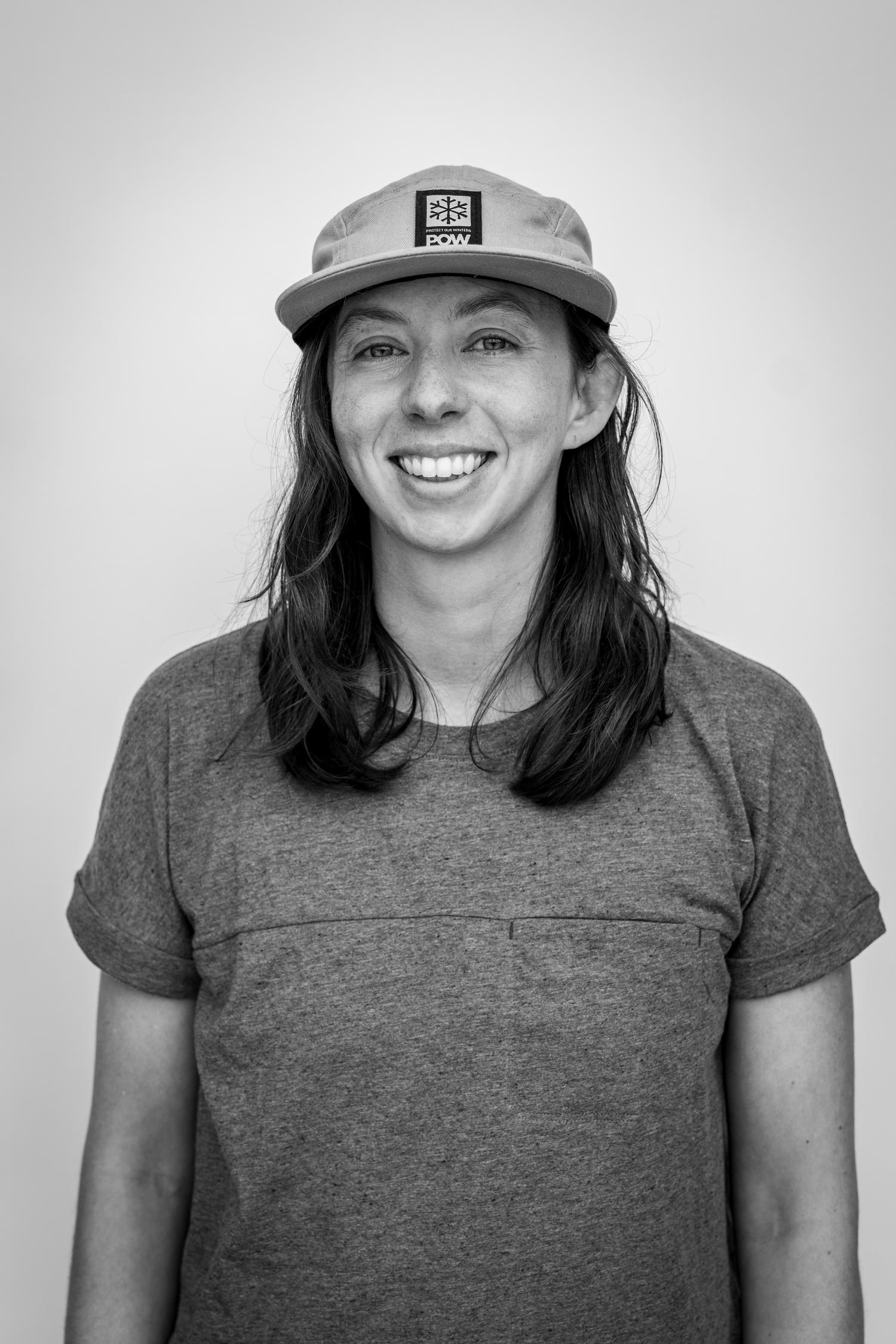
Author: Stacie Sullivan
Stacie always knew she wanted to pursue a career in the ski industry from a young age, having first clicked into skis at the age of 4 and writing her 8th grade career project on being a professional skier. While her dreams of becoming a professional athlete didn’t quite pan out the way she planned at […]
